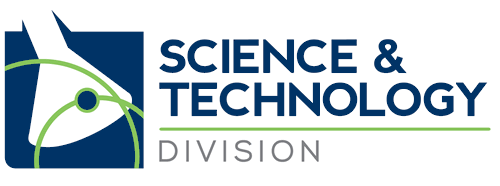During the summer we will introduce some of the Science and Technology Divisions presentations during ATA:s 53:rd annual conference in San Diego this fall.
Tapani Ronni, a member of the ATA Science and Technology Division, and an English into Finnish medical translator, will give a presentation on the basics of immunology. It was originally submitted for the Science and Technology Division but the conference organizers decided it would be better suited for Medical Division. It is still well worth attending. Here is a brief introduction of the presentation from Tapani.
This one-hour presentation will cover the fundamental concepts of immunology. It will be highly visual, which will help the audience to grasp sometimes abstract concepts. No previous scientific experience is required. The talk will start with basic questions, already asked by ancient Greeks: Why do we get sick? Why do we get better? Why don’t people usually fall ill twice during an epidemic of infectious disease? Despite their astute observations, Greeks did not know about microbes. The germ theory of disease was developed only in 19th century by great microbiologists Louis Pasteur and Robert Koch.

